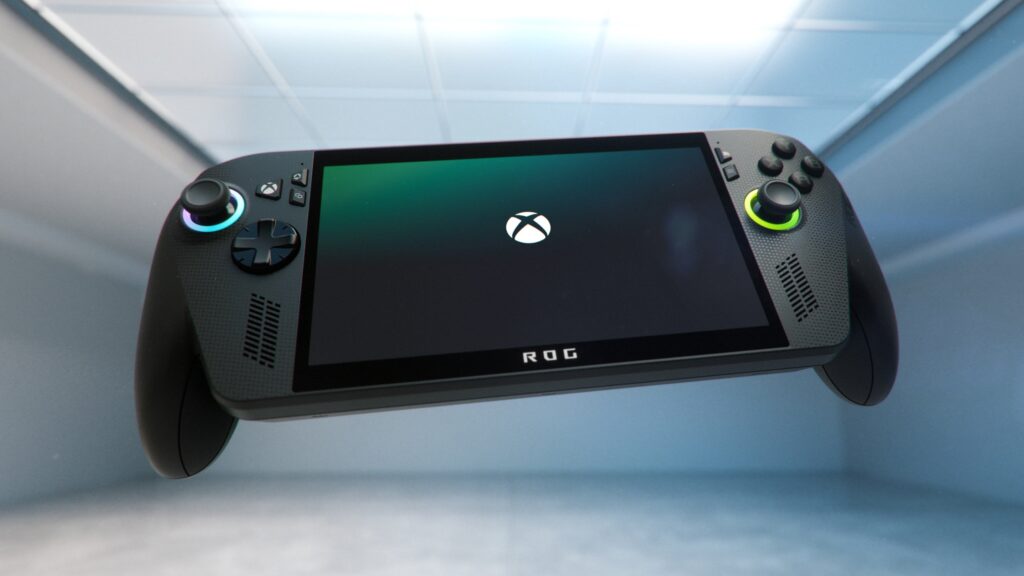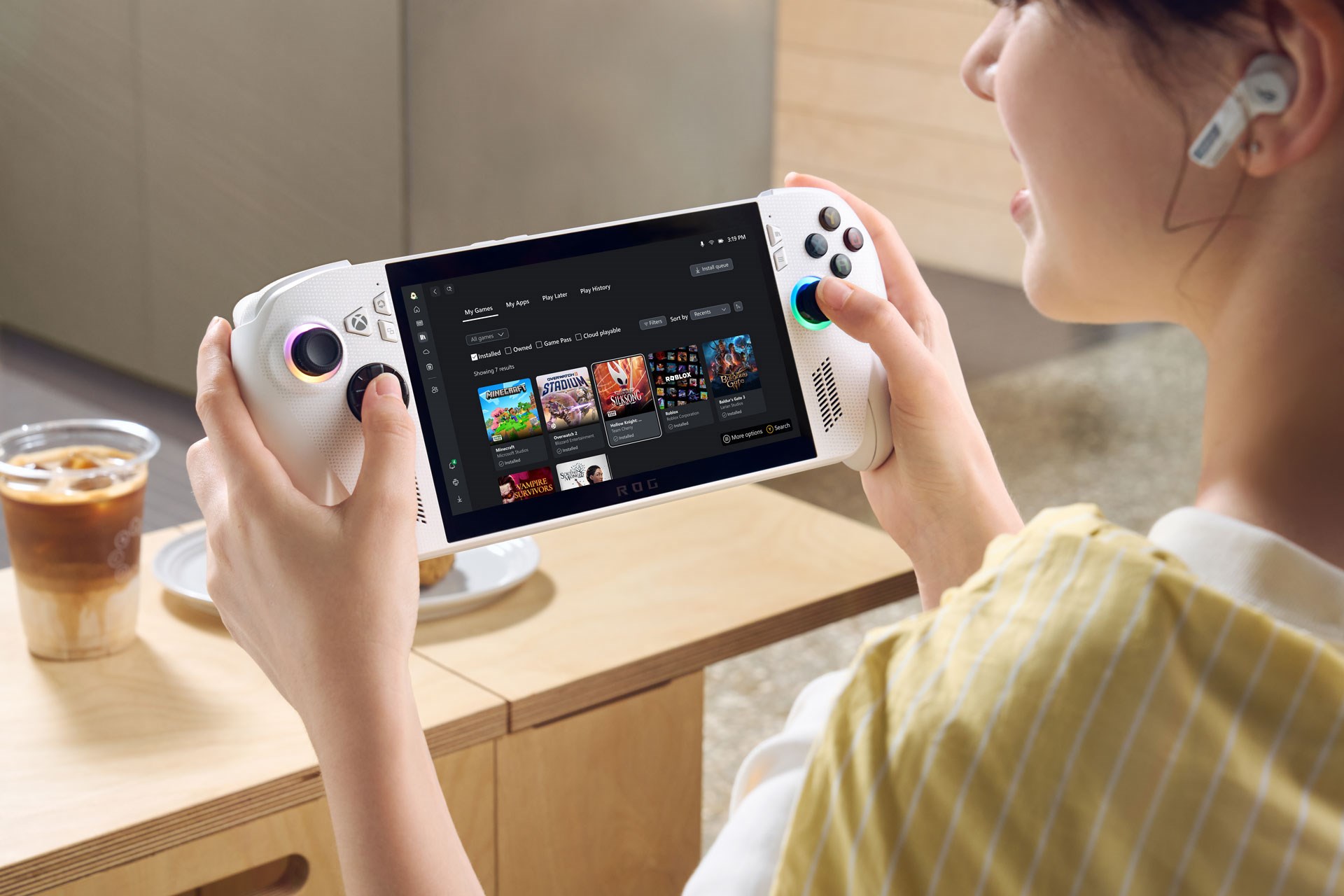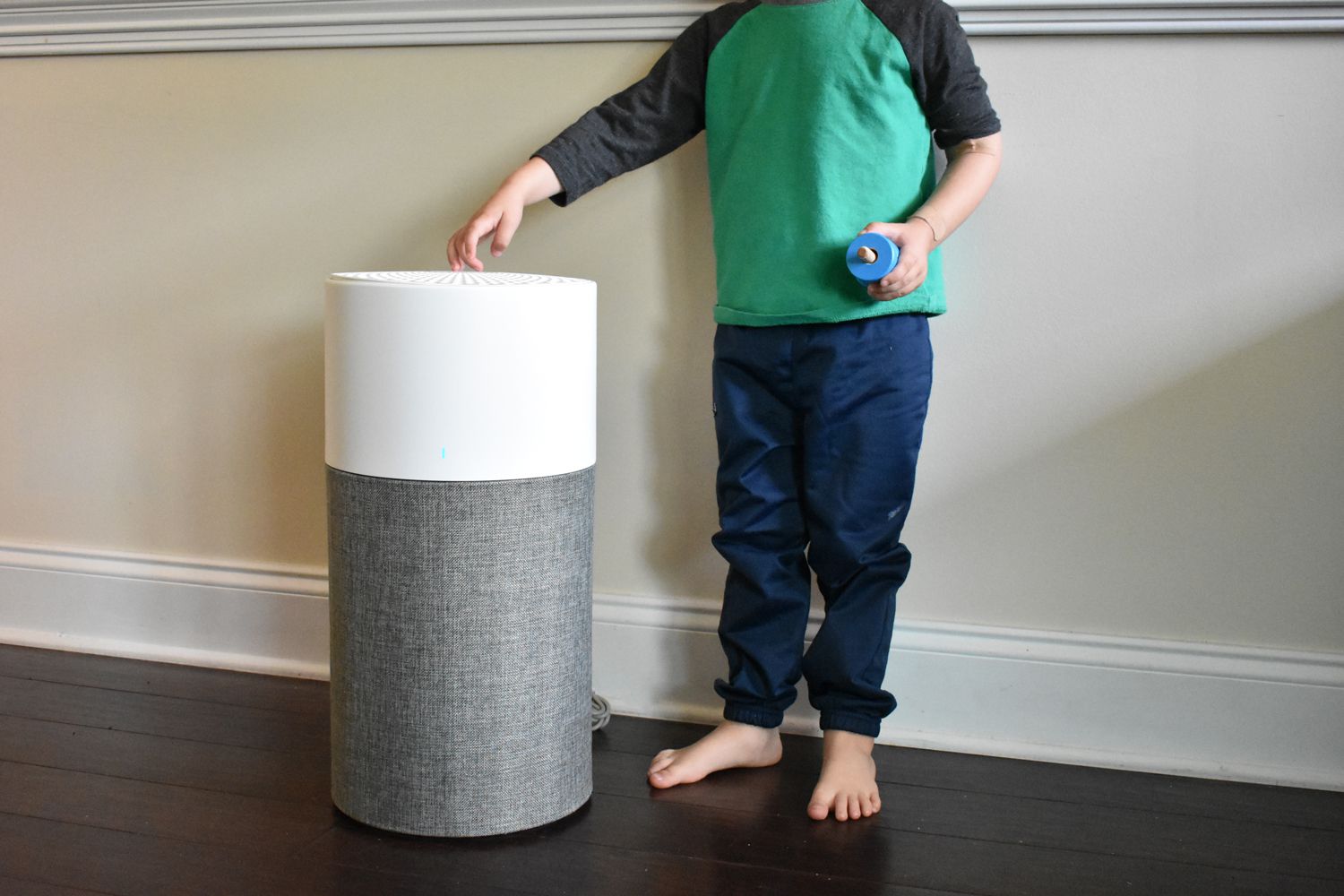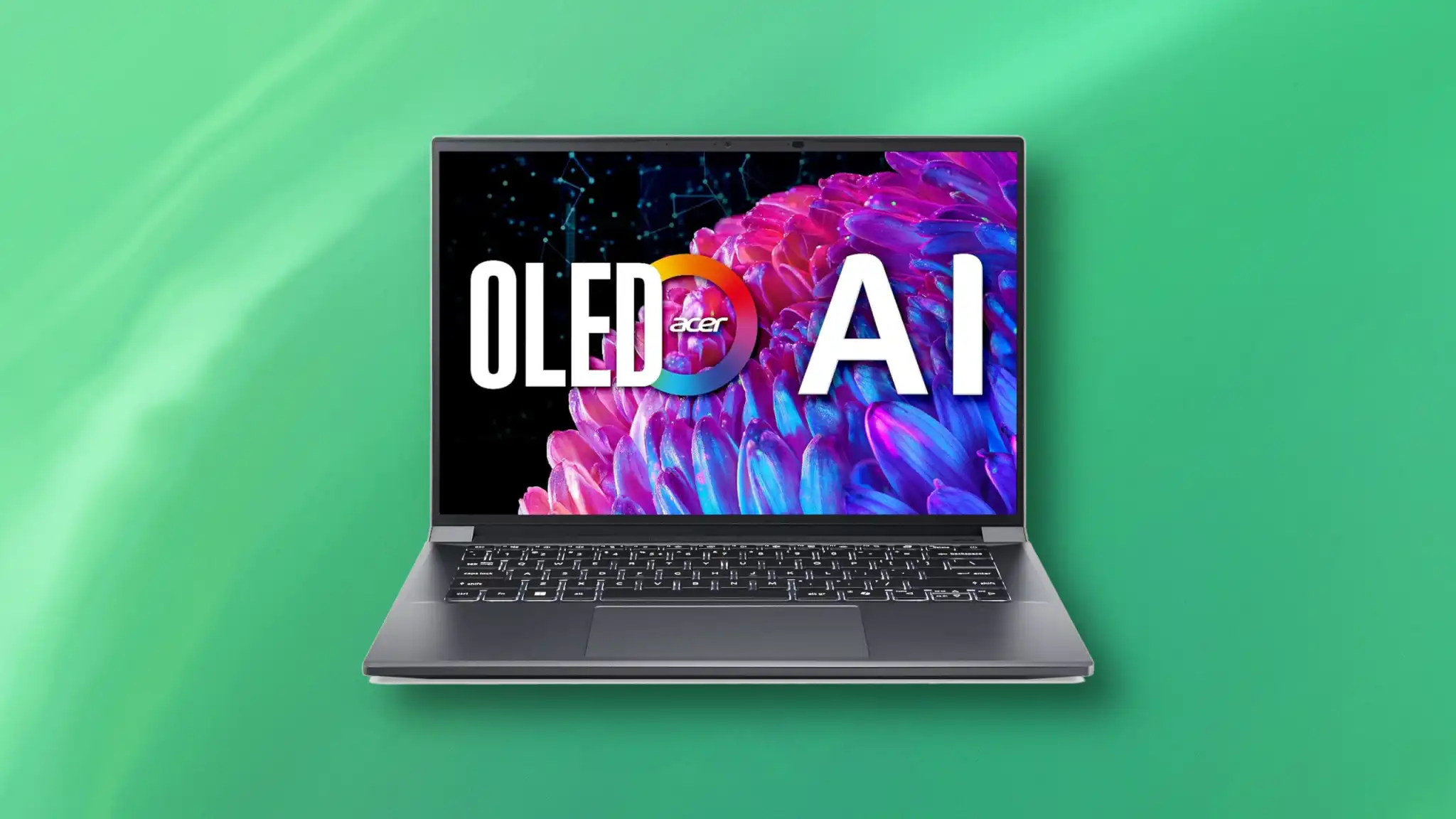
After months of leaks and speculation, Microsoft and Asus have finally unveiled their first official foray into the world of handheld gaming PCs with the ROG Xbox Ally. Despite the branding and marketing tagline—“This is an Xbox”—this new handheld is, very much like its predecessors, a Windows-powered PC in a portable form factor. The unveiling came during Microsoft’s latest Xbox Games Showcase, where the device made a splash not for being entirely new, but for symbolizing a stronger integration between Xbox and Windows ecosystems.
This co-branded device is based on the third-generation ROG Ally platform, with two models revealed: a base white ROG Xbox Ally and a higher-end black ROG Xbox Ally X. Both models run Windows 11, though Microsoft has customized the experience heavily. A new Steam Deck-like UI launches at boot, providing a more controller-friendly interface with quick access to games and system settings. There’s also an upgraded Xbox Game Bar experience, meant to make launching Xbox Game Pass titles, accessing social features, or even streaming to and from other Xbox consoles smoother and more intuitive.
Microsoft’s messaging is clear: they want the ROG Xbox Ally to feel like an Xbox console, even though it retains all the functionality of a Windows handheld. “I don’t have to think about Windows, all I have to think about is my game,” Microsoft’s Anshul Rawat says in a promotional video. While this approach doesn’t strip down the underlying OS, it’s an acknowledgment that Windows has long been a pain point for handheld gaming—and it’s an effort to solve that.
The hardware specs are similarly aimed at delivering real PC performance. The base model features the new AMD Ryzen Z2 A processor, 16GB of LPDDR5X-6400 RAM, and a 512GB SSD. The upgraded Xbox Ally X gets a Ryzen Z2 Extreme chip with integrated AI processing, 24GB of RAM, and a larger 1TB SSD. Both models feature 7-inch 1080p 120Hz IPS displays, twin USB-C ports (including Thunderbolt 4 on one), a microSD card slot, and RGB accents carried over from the previous Ally design. Interestingly, the base model has a 60Wh battery while the Ally X bumps that to 80Wh—despite both sharing what appears to be the same external chassis. The X model also introduces haptic triggers for better tactile immersion.
The blurred line between console and PC is nothing new for Microsoft, but this marks the boldest attempt yet to unify the experience in a physical product. Still, questions remain: Will this refined Windows layer be enough to challenge the simplicity of SteamOS? Will the price match the performance, or push the Ally out of reach for casual gamers?
Expect the ROG Xbox Ally family to hit retail in Holiday 2025. Pricing hasn’t been confirmed, but given that the 2024 ROG Ally X currently sells for between $900 and $1,000, it’s safe to assume this next-gen iteration will land in a similar range—significantly more expensive than Valve’s $400–$650 Steam Deck, but perhaps appealing to those who want full Windows flexibility with console-like convenience.




